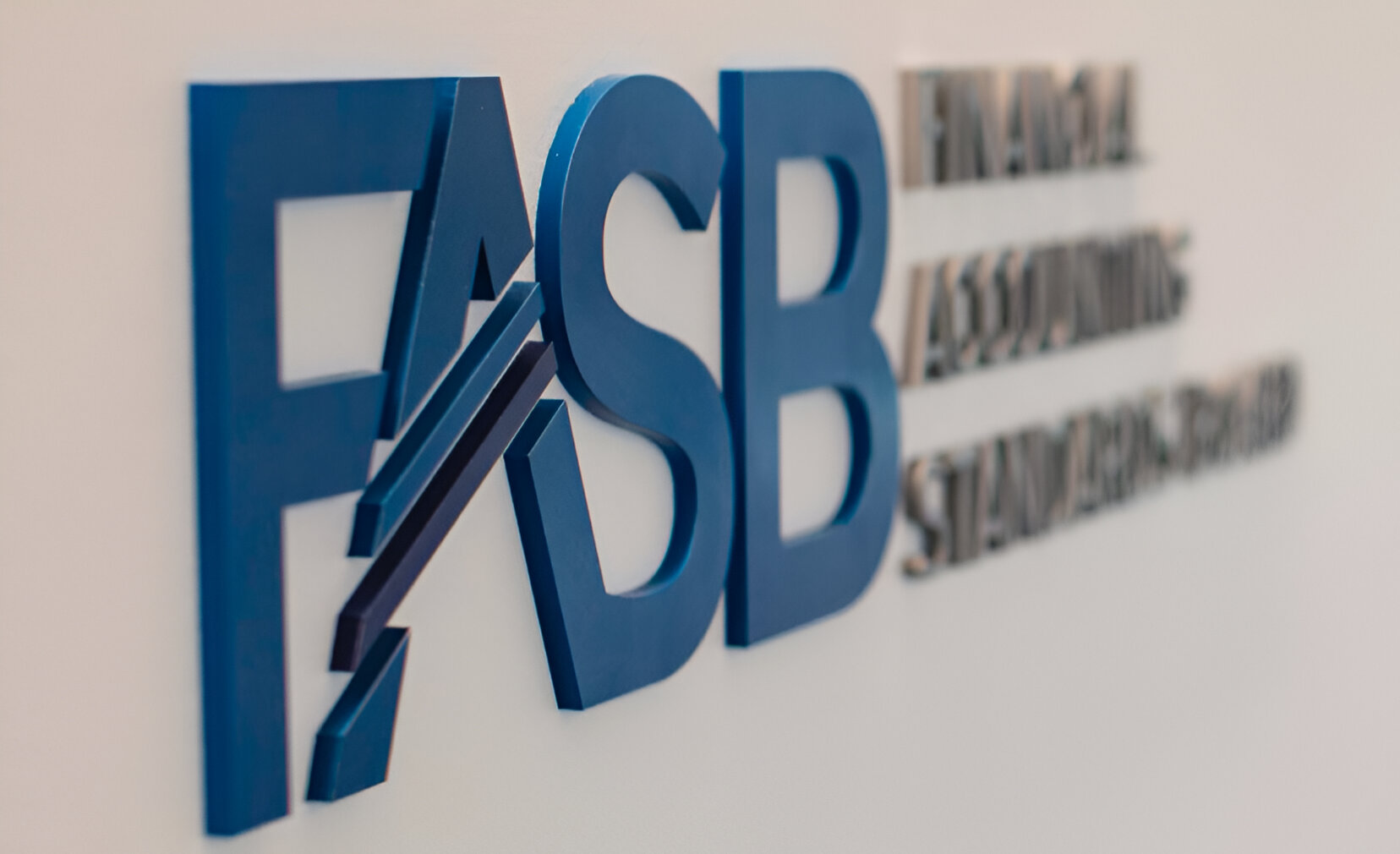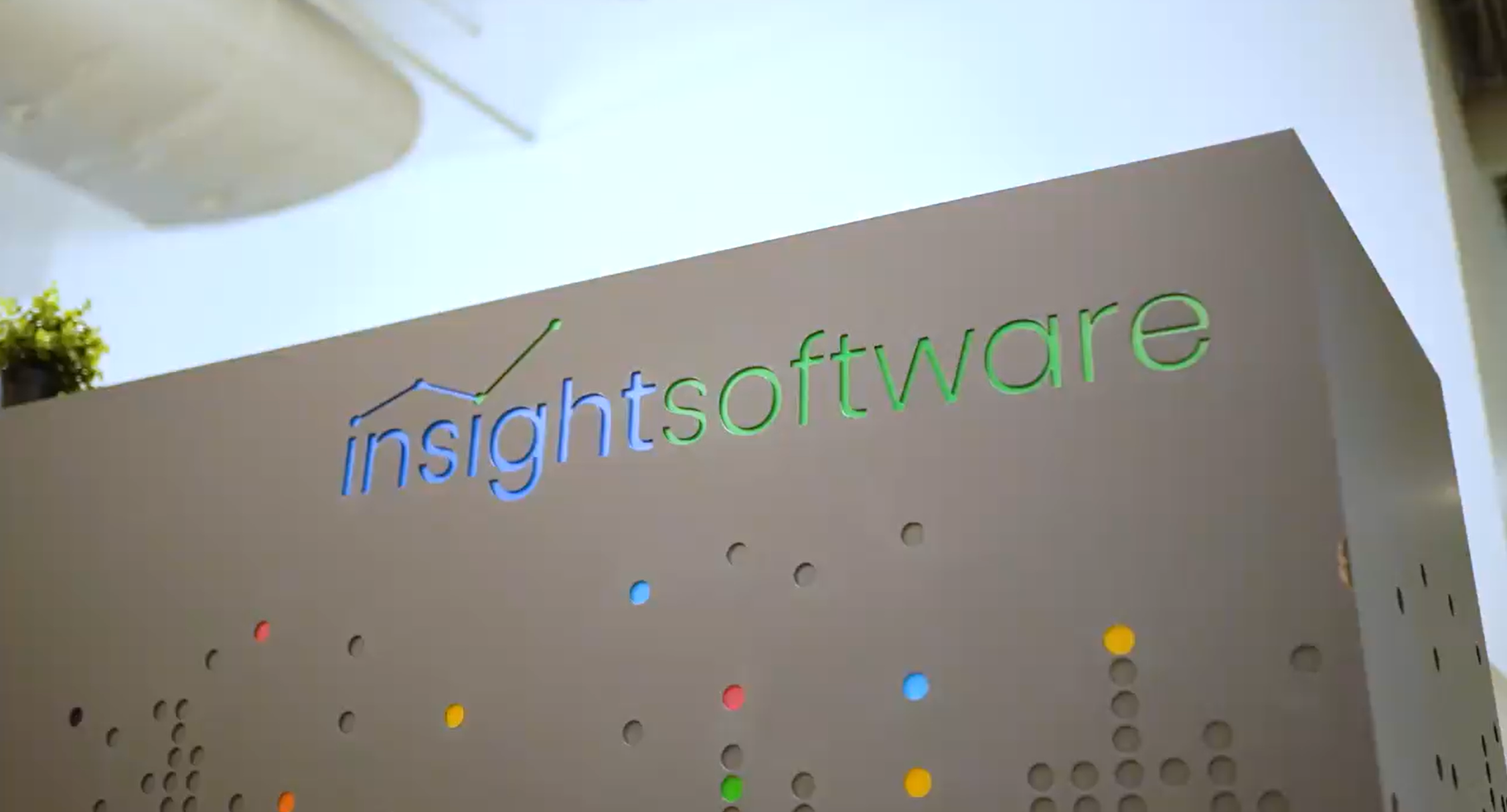The Multiview Assets Management
System (AMS) is used by over 30
Fortune 500 companies, providing
a high-end, Oracle-based approach
to comprehensive tracking of asset
depreciation, impairment losses,
acquisitions, dispositions and transfers
(partial, mass or whole). The system
can be used as a stand-alone program
or as an integrated part of Multiview’s
suite of enterprise-level accounting
products that also includes financial
and OLAP reporting, GL, AP, AR,
PO, Order Management, Invoicing,
Inventory, Imaging and Workflow.
AMS is a highly scalable system
whose cost is contingent upon number
of users.
NAVIGATION/EASE-OF-USE – 4.5 Stars
AMS provides a comfortable user
interface with customary pull-down
menus and intuitive function icons
that border the primary workspace.
Existing assets for a company are
viewed simply by selecting the Asset
icon, which provides a tabbed screen
that houses a sortable and filterable
asset list. This asset screen includes
tabs for accessing more specific
detail about particular assets,
including Detail, Location, Pending
Actions, Change History, Transactions,
User Fields, Attributes, Supplemental
Books and 1031 Exchange Information.
Once an asset has been selected
from the list, selecting any of
these tabs immediately provides
the user with that information.
New assets can easily be added using
the New icon, which brings up the
Acquisition window, which provides
another tabbed screen with options
for viewing/entering information
in screens for Acquisition Detail,
Override, Supplemental Books, Location
data and User Fields. Data entry
is very intuitive, with several
entry lines offering pull-down lists
of options, including selection
of GL Account, Equipment Code, depreciation
information and several other areas.
AMS offers an assortment of wizards
that help users with initial company
setup, as well as setting up financial
and tax books.
MANAGEMENT FEATURES – 5 Stars
AMS supports up to 99 books, with
standard books including Financial,
Regular tax, AMT, ACE, E & P,
and state, as well as multiple user-defined
books. It supports the following
standard depreciation methods: ADS,
ACRS, MACRS, Intangible Asset, sum
of year’s digits, straight-line,
declining balance 200%/175%/150%,
and any number of user-defined custom
methods. In addition, AMS can support
53-week or 13-period years, as well
as unequal periods. The program
displays up to seven user-selected
books on the same screen (the Asset
Detail window), and users can access
screens that provide both standard
and custom depreciation schedules.
Depreciation projections are available
for periods ranging from one to
40 years, and the system complies
with FAS 109 reporting. AMS enables
asset group assignments to be efficiently
maintained, and automates the complex
processes associated with FAS 144
impairment loss recognition for
all assets within a specified group.
The system supports an unlimited
number of assets and client companies/divisions,
and enables partial and mass asset
transfers and dispositions, mass
changes to asset information, extensive
like-kind exchanges and changes
to asset basis, salvage value, life,
method, depreciation expense, accumulated
depreciation, depreciable status,
GL account, in-service date, or
to other defined fields. Users can
record independent asset transactions
by books and even record and track
asset maintenance information.
The program maintains a comprehensive
audit trail that shows all modifications
to assets. AMS enables users to
define the classification structure
for accounting information. Divisions,
cost centers and accounts can all
be assigned individual segments
within the overall account string.
Other classifications can also be
added to enhance analysis and reporting
capabilities. The program’s
security features enable user-based
restrictions, including ‘view
only’ modes and post-processing
temporary ‘locking’
of companies to ensure integrity
of data.
INTEGRATION – 4.5 Stars
In addition to the ability to import
external spreadsheet information
into the database, AMS fully integrates
with the company’s suite of
accounting products and can interface
with most competitive GL programs.
Because of its open, relational
database environment that stores
accounting data in a database separate
from the program, the system is
capable of sharing data with most
programs that can interface with
its database.
REPORTING – 5 Stars
AMS provides a strong reporting
set, providing more than 140 system-defined
reports for summary and detail information,
including consolidation reporting, asset cost and basis information, depreciation expense details, acquisitions, dispositions and projections. The program also includes Crystal Reports, which lets users build reports to meet the needs of their clients and can use Excel to extract and report on database information. The system can generate forms 4562, 4797, 4684, 4626 and 8824.
TECHNICAL SUPPORT/UPDATES – 5 Stars
AMS’s built-in help system offers strong support, which is complemented by a comprehensive online system. Program updates are included with license purchases, as is toll-free technical assistance. Multiview also offers training and implementation services.
SUMMARY
Geared toward the needs of medium and large companies, Multiview’s Asset Management System provides exceptional asset tracking and reporting, supporting all standard depreciation methods and enabling at-a-glance views of multiple books at the same time. The program supports unlimited assets for any number of companies/divisions, with a detailed audit trail and security protocols.
2004 OVERALL RATING: 3.5 Stars
These applications were reviewed
in the following categories, which
were determined to be areas of high
importance for asset management
and depreciation programs through
feedback from professional accountants
and software developers.
Navigation & Ease-of-Use. This area covers the design and layout of the
interface, including accessibility to primary program
functions and data entry, as well
as general operation of the program,
thereby providing an overview of
how easily a user could get up and
running and be proficient with the
system.
Management Features. This section identifies the number of books supported
by the software, as well as depreciation methods available, asset editing functions, and
various capabilities including splitting assets, mass edits and dispositions. Additionally,
whether the program supports barcode scanning technologies is addressed.
Integration. The ability of the program to integrate or provide
export/import capabilities can save significant time during
tax season. This section identifies
the program’s ability to share
data with tax software, GL programs
and other accounting systems.
Reporting. Asset management and depreciation activities need a paper trail
(even if it is a paperless paper trail). This section looks at the reporting functions of
the program, including customization and report writer features, as well as support for
various IRS forms and schedules.
Technical Support/Updates. This section assesses a program’s built-in help
utilities and gauges available support options and whether
they are included with the software
license or require an additional
purchase. It also examines whether
updates are included or must be
purchased as well as the frequency
and method of delivery of the updates.
Thanks for reading CPA Practice Advisor!
Subscribe Already registered? Log In
Need more information? Read the FAQs



